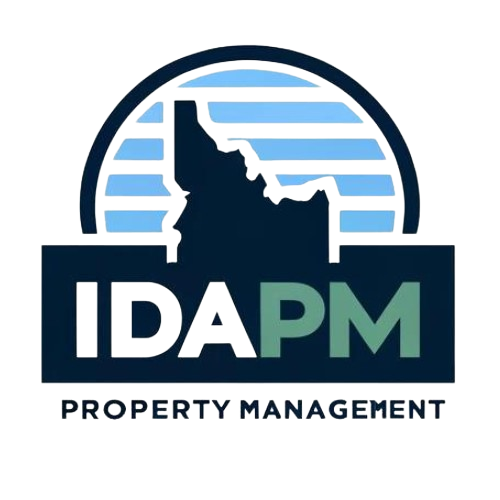
Establishing a Framework for Sustainable Community Governance
Perhaps the most significant element of this entire turnaround, one that truly sets it apart from a simple change of property hands, is the institutionalization of new oversight mechanisms designed specifically to prevent a recurrence of this crisis. The new management has committed to operating within a regulatory framework explicitly designed by the city to ensure long-term accountability. This moves the conversation beyond *who* manages the property to *how* management is checked.
Mandatory City Oversight through Rental Registration Protocols. Find out more about Chapel Ridge apartment complex turnaround new management.
A cornerstone of the sustainability plan involves the full integration of New Chapel Ridge into the municipality’s formal rental registration program. This program mandates that property owners formally register their rental units with the city, subjecting the complex to regular, sometimes unannounced, municipal inspection. This ongoing oversight allows city code enforcement and administrative personnel to proactively inspect and verify that the property is consistently maintained according to established community standards. This effectively embeds a government safety net beneath the private management structure. For local governments, this formalized process is essential; it ensures the local government maintains the necessary purview to enforce standards long after the initial excitement of the takeover subsides, giving teeth to housing code enforcement. This institutional check prevents the slow creep of deferred maintenance that characterizes so many property failures.
Fostering Tenant Inclusion via a New Advisory Council Structure. Find out more about New Chapel Ridge rebranding initiative Wyoming ownership guide.
Beyond external, governmental regulation, the new ownership has committed to an internal governance mechanism rooted in direct, structured resident feedback. A key promise made—and one that signals a modern approach to asset management—was the intention to establish a formal community advisory board. This body, composed of current tenants, offers them a structured platform to articulate their specific needs, concerns, and suggestions directly to the management team. In successful models, these councils meet regularly, sometimes monthly, and have demonstrably influenced everything from policy to physical design choices, such as the need for more in-unit storage or better amenity scheduling.
By opening this line of communication and acting on the input received, the new leadership seeks to co-create a functional community environment, ensuring that the future operations of New Chapel Ridge are tenant-centric and responsive. This approach represents a significant evolution in property management practice, moving from a detached command-and-control model to one of collaborative stewardship in the wake of a significant localized disaster. For those interested in learning more about implementing such structures, studying **tenant engagement best practices** offers a clear roadmap.. Find out more about Mandatory city oversight apartment rental registration program tips.
Actionable Insight: Structuring for Success
Looking Forward: From Stewardship to Security. Find out more about New Chapel Ridge rebranding initiative Wyoming ownership definition guide.
The transition to New Chapel Ridge is a compelling case study in governance over pure finance. The initial frustration with management recruitment was a harsh but necessary filter, weeding out those seeking quick profits at the expense of the community’s physical and social fabric. The involvement of the lender, acting as a facilitator for a responsible transfer rather than a liquidator, provided the essential bridge over the receivership chasm. The immediate actions—restoring utilities, addressing the elderly resident’s AC unit—were not just acts of kindness; they were calculated, trust-building measures that bought the new ownership the goodwill needed to execute the longer, more expensive **comprehensive property rejuvenation** plan.
The focus on creating a sustainable framework—the mandatory city registration and the establishment of a **community advisory board**—ensures that the mistakes of the past are codified against. The lessons here are universal for anyone involved in distressed asset management or municipal oversight: sometimes, the highest bidder is the worst steward. True value is found in the commitment to sustained quality and accountability, cemented by both external regulation and internal resident partnership. This narrative, active as of October 25, 2025, shows that even in the face of immense blight, a dedicated, collaborative approach—one that respects the tenants as primary stakeholders—can forge a path toward lasting security and stability.
What lessons can your own community draw from this protracted but ultimately hopeful transition? When seeking reliable partners for **asset management best practices**, how do you vet for commitment over mere capability? Share your thoughts below—we need a robust discussion on how to better integrate tenant welfare into the next phase of property redevelopment.
